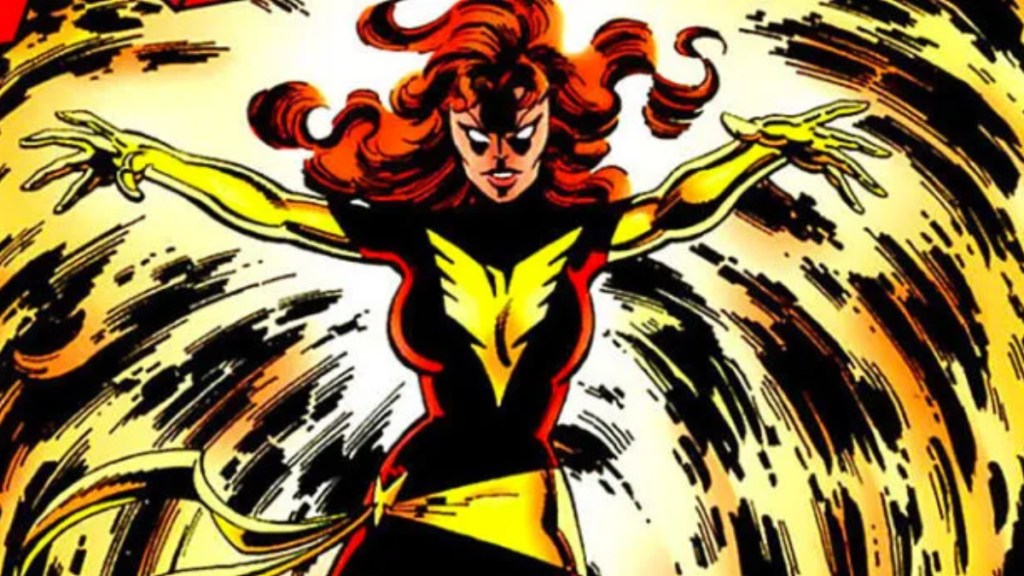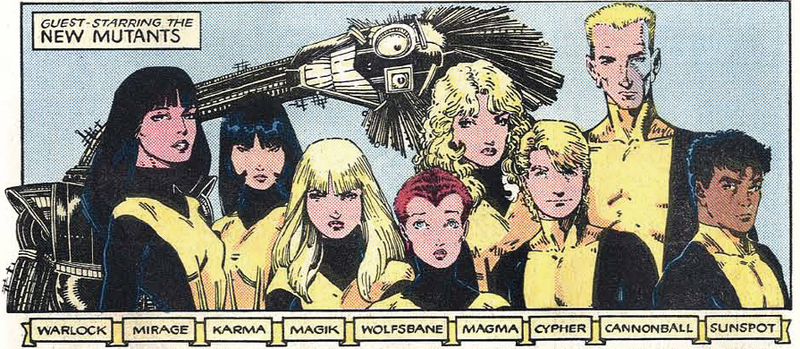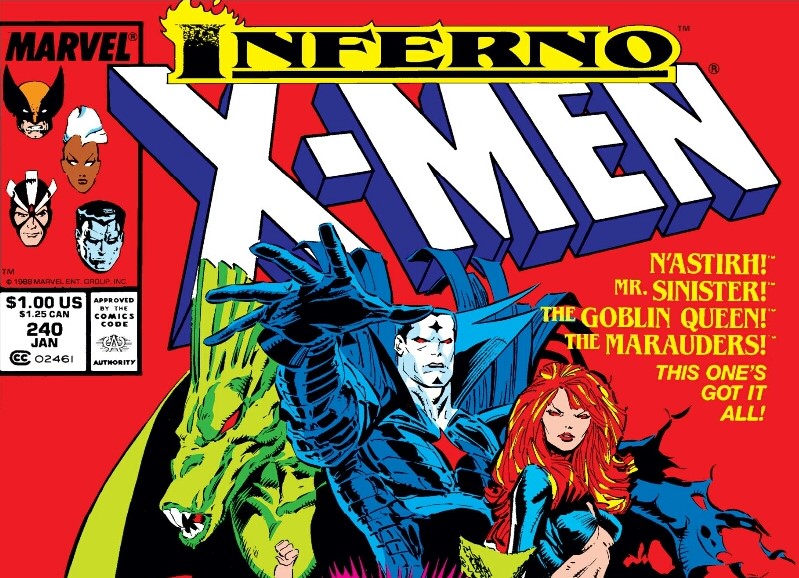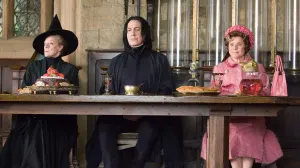In 1975, after the release of the iconic Giant-Sized X-Men, writer Chris Claremont and artist Dave Cockrum took on Marvel’s then-worst-selling book at the time: X-Men. The two along with editor Louise Simonson transformed them from Marvel’s least popular book to a best seller. Claremont would stay on as writer for the series until 1991, with Simonson becoming the writer on the spinoffs The New Mutants and X-Factor. How and why did this work, and what has the impact done to the X-Men as a whole? To answer that rather bluntly, Claremont revolutionized the X-Men in a way never imagined before with one of the most treasured comic runs of all time — and all these years later, you really need to read them.
Videos by ComicBook.com
Claremont became the scribe for the mutants when nobody knew what to do with them. He had a brand new team of brand new and minor characters and made them some of the biggest and most important characters in the Marvel Universe. While Professor Charles Xavier, Cyclops, and Jean Grey remained on the X-Men, the rest of the original team left. Now consisting of Cyclops, Storm, Jean Grey, Colossus, Nightcrawler, Wolverine, Thunderbird, and Banshee, a new version of the team, the Uncanny X-Men, were born — and so were some of the best stories for the mutants that have ever been told, introducing new villains, allies, and ideas into the Marvel landscape that we can’t imagine the comics without.
Dark Phoenix Changed Everything.

The story that truly changed it all is the Dark Phoenix Saga and if there is one story that has had repercussions for not just the X-Men but all of Marvel since it’s debut, it’s this one. Taking Jean from the weakest link on the original team to the cosmic powerhouse known as the Phoenix, the X-Men’s dynamic changed forever in this story. Things started off well-enough. The newcomers to the team all hit it off quickly, Wolverine and Nightcrawler formed one of Marvel’s best and most-loved bonds, Storm isolated herself until she warmed up to Jean thus giving readers another beloved friendship, and Cyclops and Jean were closer than ever. The school for young mutants, essentially, became a family formed from outsiders and it was great. But, after a few years, everything changed when Jean evolved into the Dark Phoenix in 1980 and became the biggest threat to the team yet. Dealing with the Dark Phoenix not only challenged the team in combat, but there was a high personal cost as well — even after the Dark Phoenix was stopped as the X-Men were left with heartbreaking casualties. It was a turning point for the characters and the comics.
This was the first overarching story the team had that weren’t just the same villains returning and concept completely shifted what readers had previously expected from the team. Setting up early on that Jean was full of so much power was an incredible move, with Claremont using this to completely stun readers when she became the Dark Phoenix. The story also feels much larger than any X-Men story before it, feeling more like a finale of something incredible though as it was, in the grand scheme, simply the start of a new era. Nothing was the same after this story and it was thrilling.
Enter New Mutants & X-Factor

While the original team was a success, Claremont wasn’t done with the mutants overall and launched a second title, The New Mutants. With a lineup of younger mutants, the new recruits became the new students at the school and this new lineup also completely shifted the X-Men in a new direction. Including, Magik, Mirage, Wolfsbane, Sunspot, Cannonball, Karma, Magma, Cypher, and Warlock, The New Mutants expanded the X-Men world for readers and offered what amounted to different generations of mutant heroes. The two titles became a great duo with the adventures of the adult team and the next generation harnessing their powers. With Claremont becoming more popular on the main title, he’d eventually leave New Mutants after issue #56, with longtime editor Louise Simonson to take over but things only got better from there as the world of the X-Men continued to expand
With the original team changing up more and more, new characters were always being introduced. With Rogue, Madelyne Pryor, and the Morlocks joining in, it made for some of the most fun stories in the era. Iconic tales such as “Days of Future Past,” “The Mutant Massacre,” “Fall of the Mutants,” and “Lifedeath” just to name a few, Uncanny X-Men started selling bi-weekly. All that success and creative freedom led to even more X-Men stories. Simonson would end up taking over the third title X-Factor, introducing new villain Apocalypse who’d become a major player for the team and the Mutants as a whole. None of it was possible without Claremont and the path he created when he took over Uncanny X-Men.
Claremont’s Stories Became the Key to Everything X-Men (Even Now)

Claremont turned the once failing book and created an empire unlike anything at Marvel before or since. The X-Men are about found family and what you can make of it. Claremont’s run makes you feel like you’re part of the family in every way that applies to you as the reader. Claremont utterly redefined the X-Men and his influence isn’t just continuing due to past work; Claremont is still working with the mutants to do this day. His work is foundational and its influence has carried for decades, even into the most recent major era of the X-Men, Krakoa. Without Claremont, there really are no X-Men, period and that’s why his era is one of stories that remain the best of the best — and must-reads for any comics fan.
Have you read Chris Claremont’s X-Men run? Let us know down in the comments.









